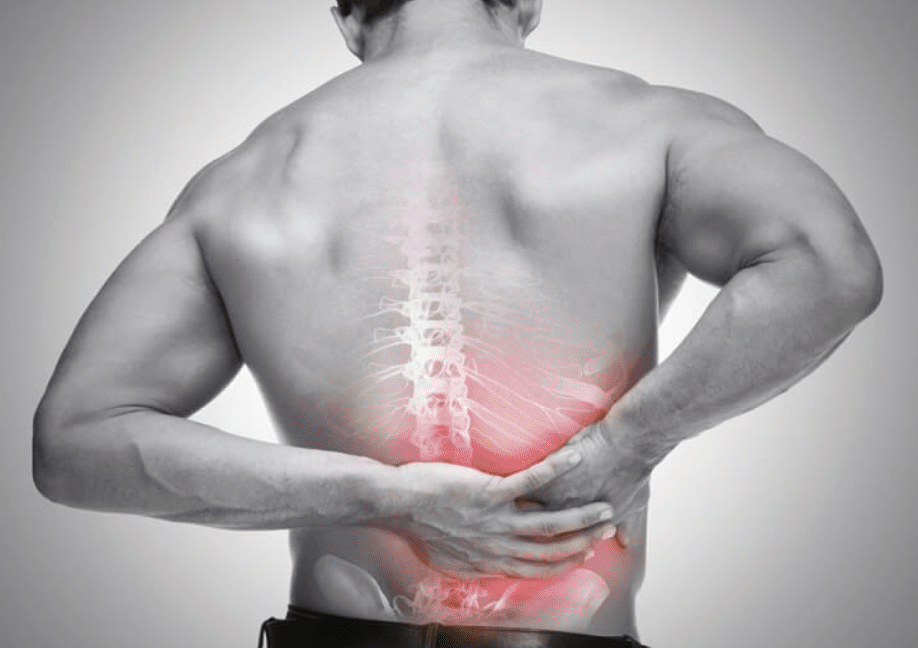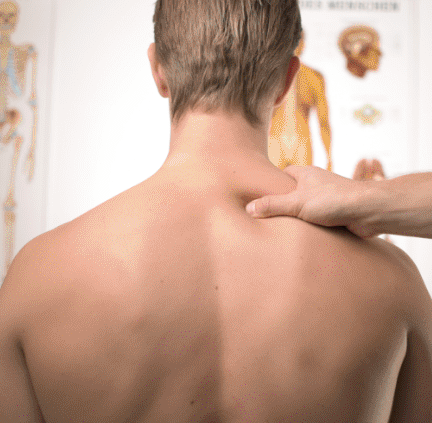As outdoor activities become more common in Clear Lake, Texas,
residents wonder how they can enjoy the season while taking care of their
spine. Houston Physicians’ Hospital knows the importance of preventing back
problems while being outdoors, so we’ve listed some activities to improve your spine
health:
If you have access to a pool, take some time to swim
this season. Water places minimal pressure on the spine and allows for movement
that can strengthen the surrounding muscles. Europe PubMed Central states that
swimming is associated with a low incidence of back pain and spinal injury (1).
A stroll on a sunny day goes a long way in your spine
care routine. This minimally strenuous exercise helps improve the stability of
your spine. The European Spine Journal states that walking may be beneficial
for those seeking to manage lower back pain (2). Aim for a pace that is
challenging, but not exhausting, to keep your back feeling great.
Stand-up paddle boarding is a great activity to help
the spine and be adventurous. It is a low-impact activity that puts little
stress on joints, muscles, and tendons supporting the spine. According to a
study conducted by the University of Wisconsin, paddle boarding is also
beneficial for strengthening the latissimus dorsi, a large muscle that connects
the spine to the humerus (3).
Monitoring spine health is essential for enjoying warm weather activities without back pain. Reduce pain and get back to your life with our Spine Solutions Center. Call us at (281) 557-5620 or visit us at https://www.houstonphysicianshospital.com/contact-us/.
- https://europepmc.org/abstract/med/10230573
- https://link.springer.com/article/10.1007/s00586-002-0498-3
- https://minds.wisconsin.edu/handle/1793/75293







